Beastgrip, makers of the camera mount used to shoot a Bentley car commercial, are back with a Kickstarter for a much-improved version of their camera mount, Beastgrip Pro. AppleInsider was given an opportunity to test out the prototype hardware ahead of the crowdfunding launch.
There are a lot of camera accessories for phones available these days, usually in the form of small lenses that stick on the phone directly, clip on as a part of some case, or clip on the phone, like Olloclip does.
For the most part, these are affordable, and do the job well. But sometimes, the occasion calls for something a bit more substantial.
Beastgrip is the project of Vadym Chalenko. Vadym lives in Chicago, and describes Beastgrip as a universal lens adapter and rig system for iPhone, Android or Windows phones, hand-crafted in the U.S.
The original Beastgrip, which we also tested, was a collection of 3D printed parts, metal tubing, springs, tripod sockets and machine screws that together formed a spring-loaded holder for a cameraphone and adapted a lens with a 37mm thread to the camera. The version launching on Kickstarter is an evolution of the original concept.
The new Beastgrip Pro is made from glass-filled nylon, and is injection molded. The machined brass lens threads are molded in place, and extra care was taken when they created their own custom machined aluminum thumbscrews with nylon tips, which give it a good feel when adjusting the product to fit your phone, and do not scratch the aluminum rods that act as the structure of the thing.
The handgrips are much improved, now molded with scallops for your fingers.
The lens mount now has cross hair marks, to help you center the phone's camera lens with the center of the aperature.
An entirely new feature is the ability to separate the grip from the lens mount, so you can rapidly switch between the iPhone's lens and an external lens. The tripod mount and coldshoe mount are in the grip side of the device, so that functionality stays when you separate the lens.
It's important to know a few things about Beastgrip. It works with smaller phones as well as the larger iPhone 6 Plus in a case. It won't make you a professional, but it will help you get better shots if you are - the original Beastgrip was used for the Bentley commercial that was shot entirely on iPhone 5s and edited on iPad Air. http://appleinsider.com/articles/14/05/17/behind-the-scenes-of-bentleys-iphone-filmed-ipad-air-edited-ad
In our use, we took numerous still shots with it, but it also works well for video. The size of the Beast grip helps you get a steadier hand, but our new favorite way of recording video is to use Hyperlapse exported at 1x. That, combined with lenses works really well.
All of AppleInsider's 2015 CES photography shot at the show was shot with an iPhone 6 in an original Beastgrip and Beastgrip Pro early prototype, using Neewer or Sony Wide-Angle converter lenses.
It's important to point out that lens selection is critical. Some lenses are better than others, and while the Sony glass is a good lens, in order to use it with Beastgrip, it required a 10x Macro lens on its back. This introduced some distortion that the lens otherwise doesn't have.
This was necessary because the Sony is physcially so wide that it conflicts with the face of Beastgrip Pro unless you step it away from the mount with the use of the Macro. This problem is not present when using the Neewar lens. To solve this problem for users new to Beastgrip Pro, they have done an intensive study of which lenses work best, branded them as Beastgrip lenses, and are making them available as a part of the kickstarter.
They've also produced what may be the best depth-of-field adapter we've seen yet. The Beastgrip DOF adapter allows you to connect traditional 35mm camera lenses to the Beastgrip using what are essentially macro extension tubes.
It has a 35mm focusing screen in the middle of the adapter. The 35mm lens projects the image on the focusing screen, and the iPhone focuses its camera on the screen. The pictures are upside down on the iPhone's screen, but there are a number of apps that flip the image: Filmic and Ultrakam are the standards for this, and Beastgrip are working on their own app as well.
What makes this DOF adapter the best is that it's got large buttons that make it easy to adjust the orientation of the focusing screen. You screw on the DOF adapter, and it's not certain that it will screw on the same way twice, depending on how tight or loose you install it. Loosen the adapter in the middle, adjust the screen orientation, and tighten the adapter, and it's set.
We used a Nikon f/1.4 50mm lens in our shooting, and it was possible to see the texture of the focusing screen in the image, but this is part of the character of using it. Other things that you might see depending on lens choice are vignetting, barrel distortion, chromatic aberration. But then, photographers have chosen equipment that intentionally decreases photographic quality for years — if the result is desirable, it's worth it.
Depending on which application you use when shooting with the DOF adapter, you will either see the edges as we do in the flowers picture below, or your application may crop the photo automatically, to eliminate seeing those edges. Afterlight is an app available for editing photos, including removing the vignetting
The Beastgrip has one hotshoe mount, which we've used for both a Manfrotto 24 LED light, as well as a Rode shotgun microphone. Unfortunately, the Beastgrip only has one hotshoe, making it an either/or proposition for the mic or lamp out of the box. Beastgrip does have 1/4" tripod screws on the tops and bottoms of the left and right grips, and we're looking into using those as mounts for the lamp and microphone.
Vadym advised that we not use the tripod screws on the tops or bottoms of the handgrips to mount the Beastgrip, but instead to use them to mount accessories. The only place a tripod should be mounted is in the socket directly under the phone in the spring clamp area.
We mounted two additional coldshoe mounts on the tops of the handgrips, and then mounted a Manfrotto 24 LED lamp on one and a Rode shotgun microphone on the other. Again, all out CES 2015 videos were shot using the Rode mic mounted on Beastgrip Pro.
Mounting the phone in Beastgrip isn't hard. Pull on the spring-loaded clamp and insert the phone. Loosen the top and bottom thumbscrews, and slide the phone left and right until the phone's camera lens lines up with the center of the lens aperture.
Lock it into place by tightening the screws, and also tighten the thumbscrew that keeps the springloaded clamp from coming open. Adjust the height of the lens to accomodate the position of the lens on the back of the phone. This works well when trying to accomodate a center-mounted camera like a Moto X.
Holding Beastgrip takes a little getting used to. It's far lighter than a DSLR, and if the iPhone is your only good camera, adding lenses makes it better.
These are neat things to try out, and they can help give you interesting effects with foreground and background focus, but the value here is, being able to use really good lenses (the Neewer lenses are Japanese optics), being able to attach a lamp and microphone, and being able to do so with a range of phones and cases.
Clearly, it's gotten professional results when used by people who know what they're doing — and that's the truth for most cameras. What makes this work is that the phone as a camera is potentially so much easier to get good results out of in the hands of someone who has practiced with it.
Good lenses don't overcome a bad phone camera or bad cameraphone user, but the shots you can get that you'd otherwise miss or have to work to get right in post-processing are worth it.
From our time with the Beastgrip as well as the prototype of the new successor, we feel comfortable recommending the hardware without reservation. If you take many photos and need macro, wide, or fisheye, this is not the smallest way to get them, but it's a really good way to accomplish it and up your iPhone photography game.
Based on the fact that they delivered the original unit, and had the prototype for us at CES, and are already funded, we have complete confidence that they'll be able to deliver the product to their backers.
 Victor Marks
Victor Marks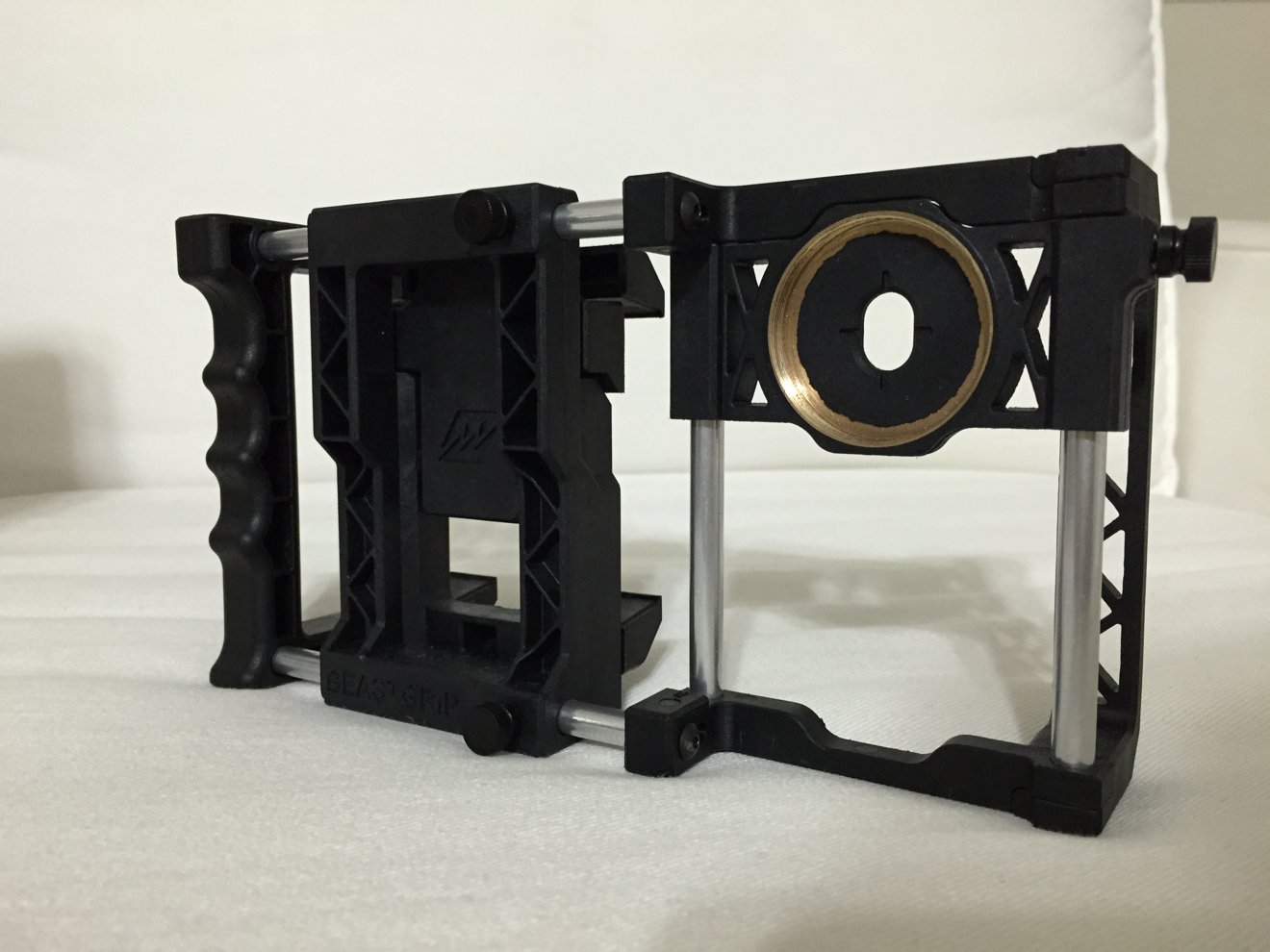
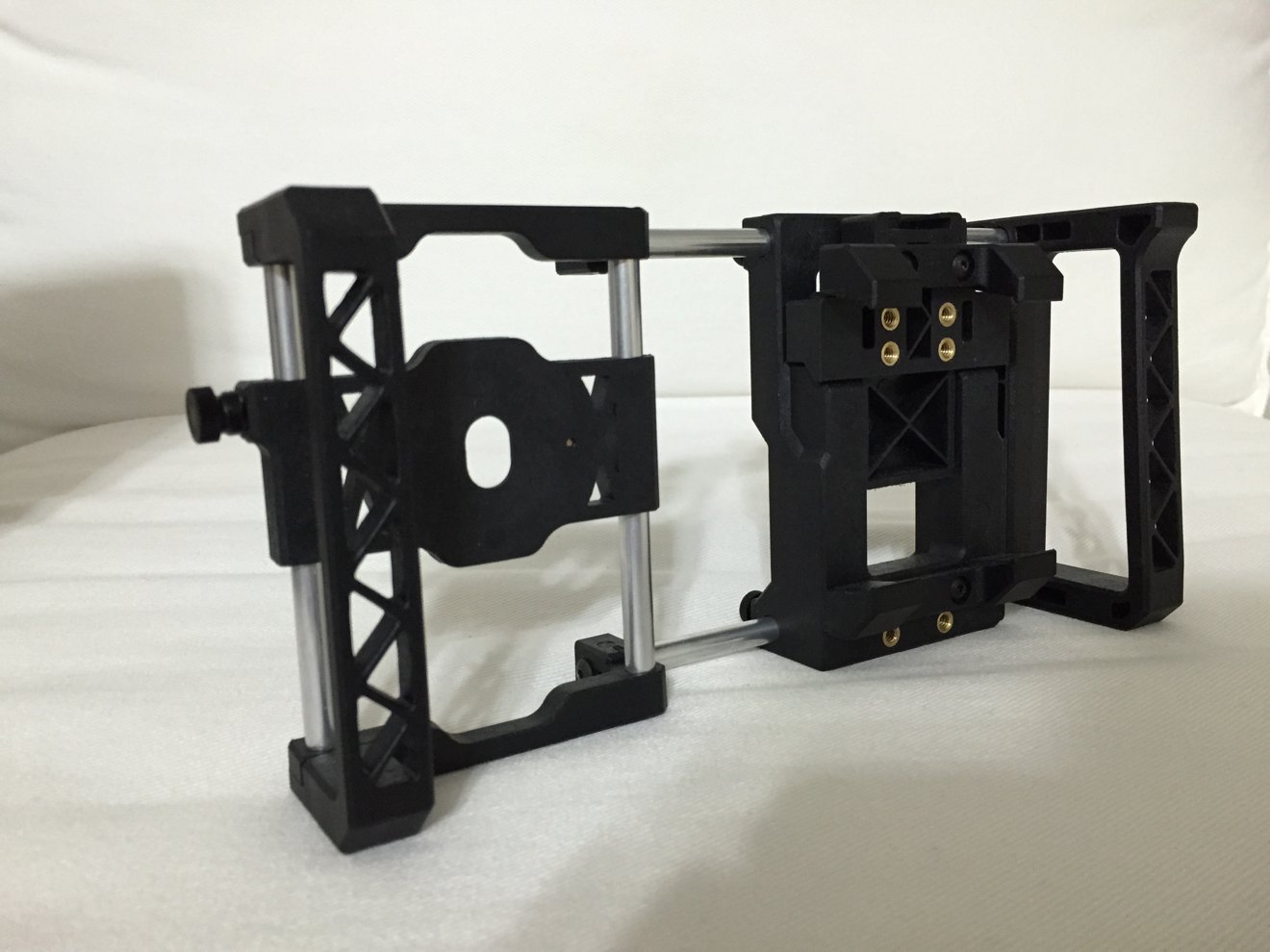
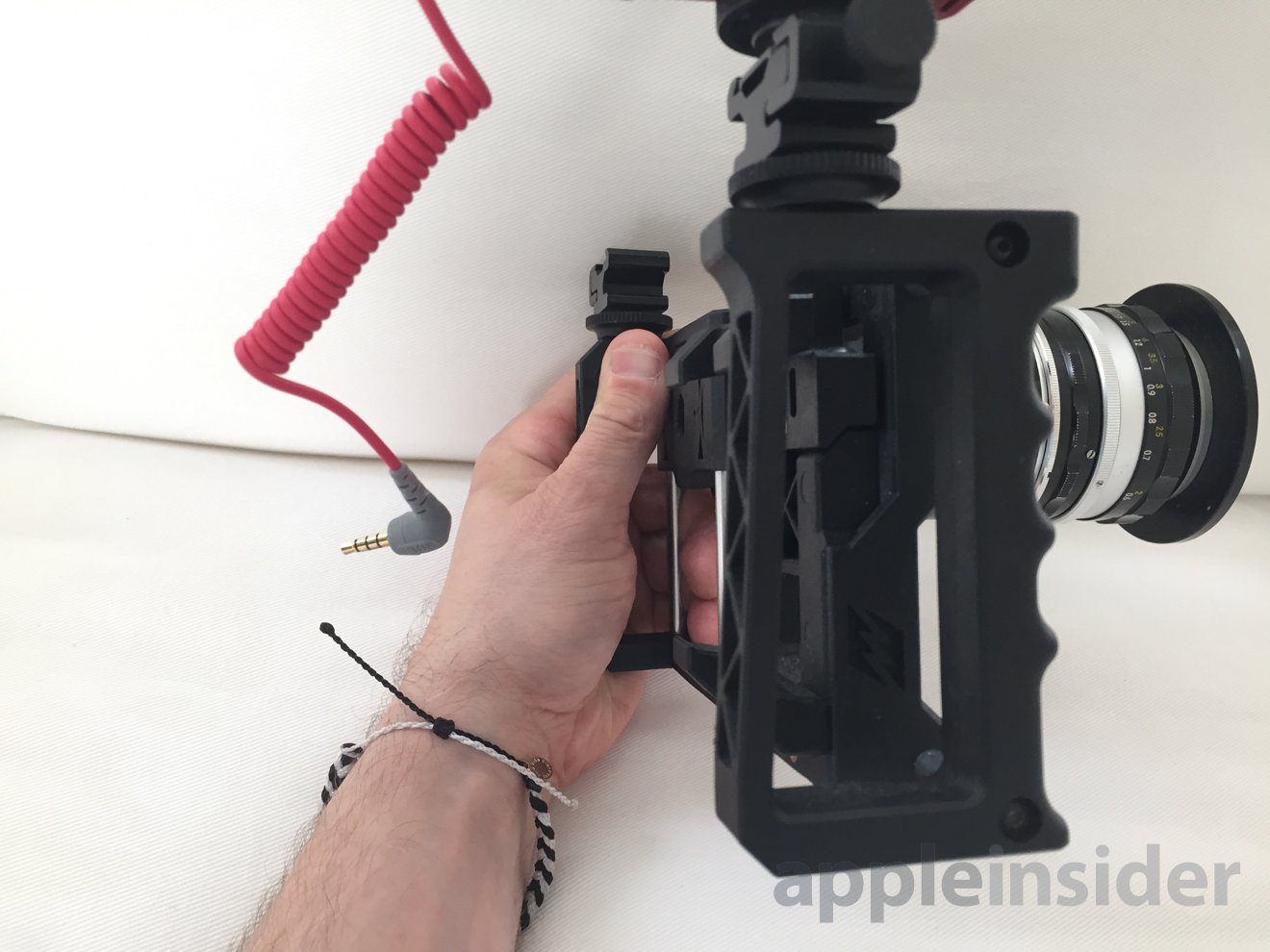
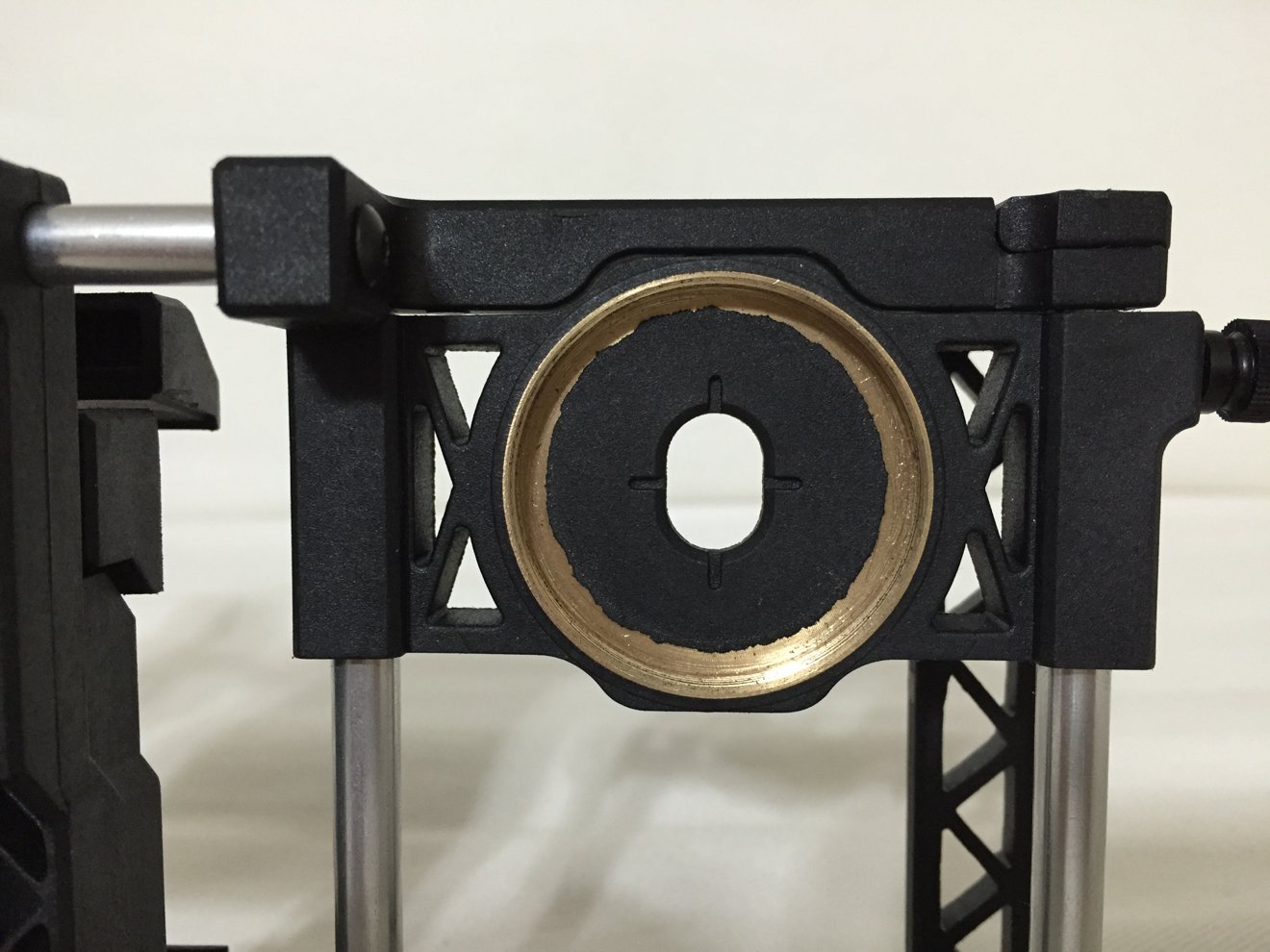

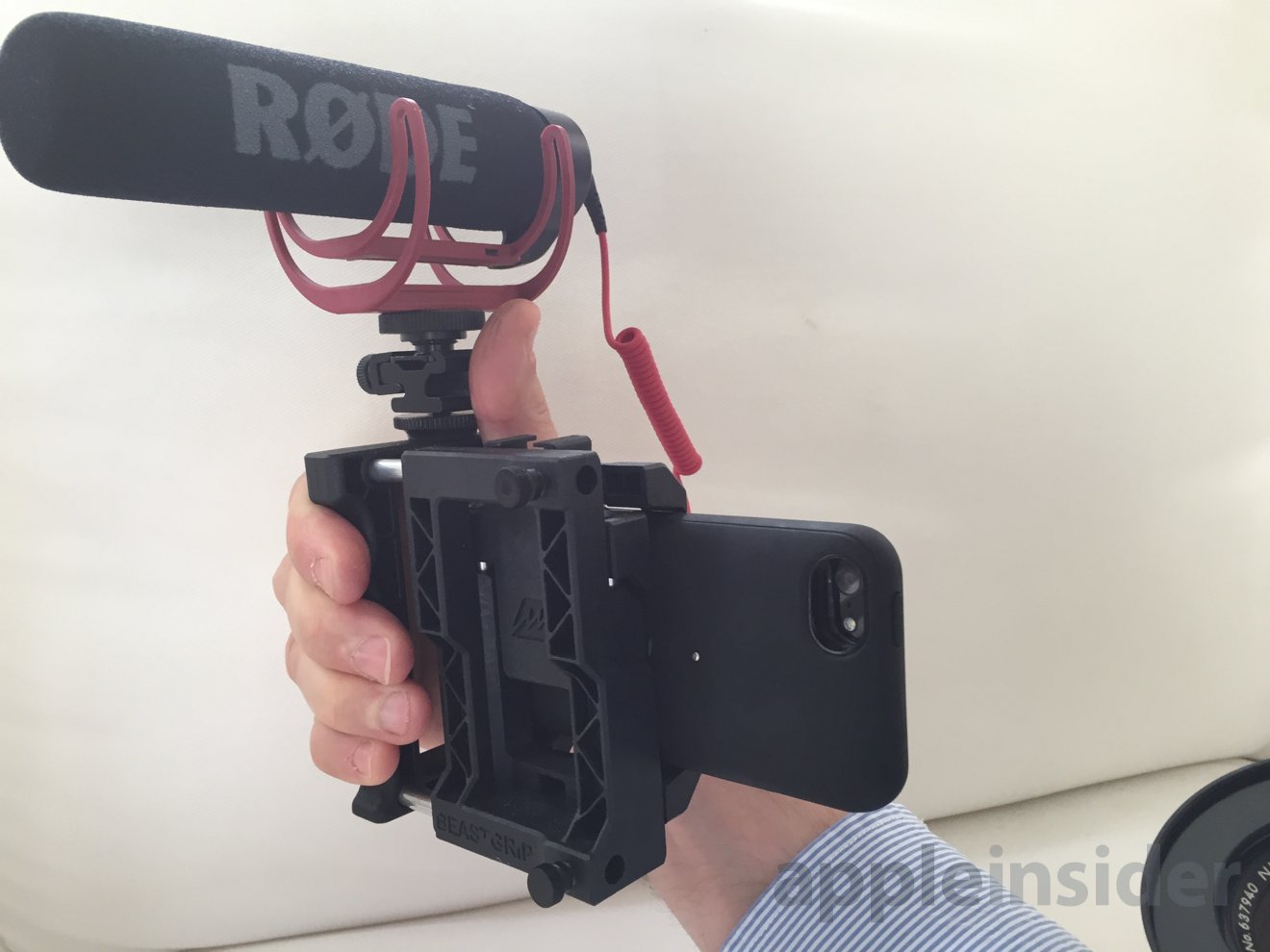
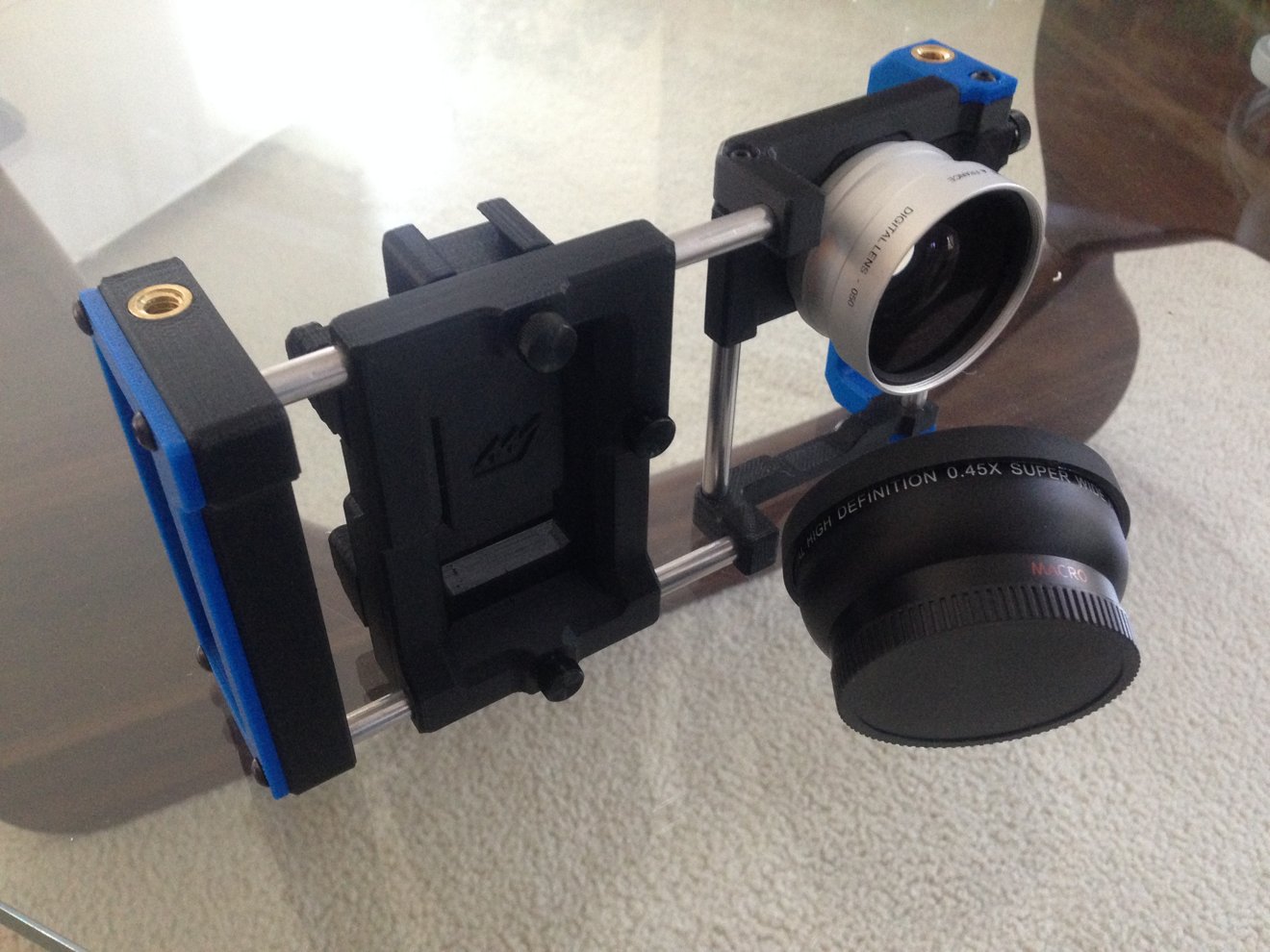
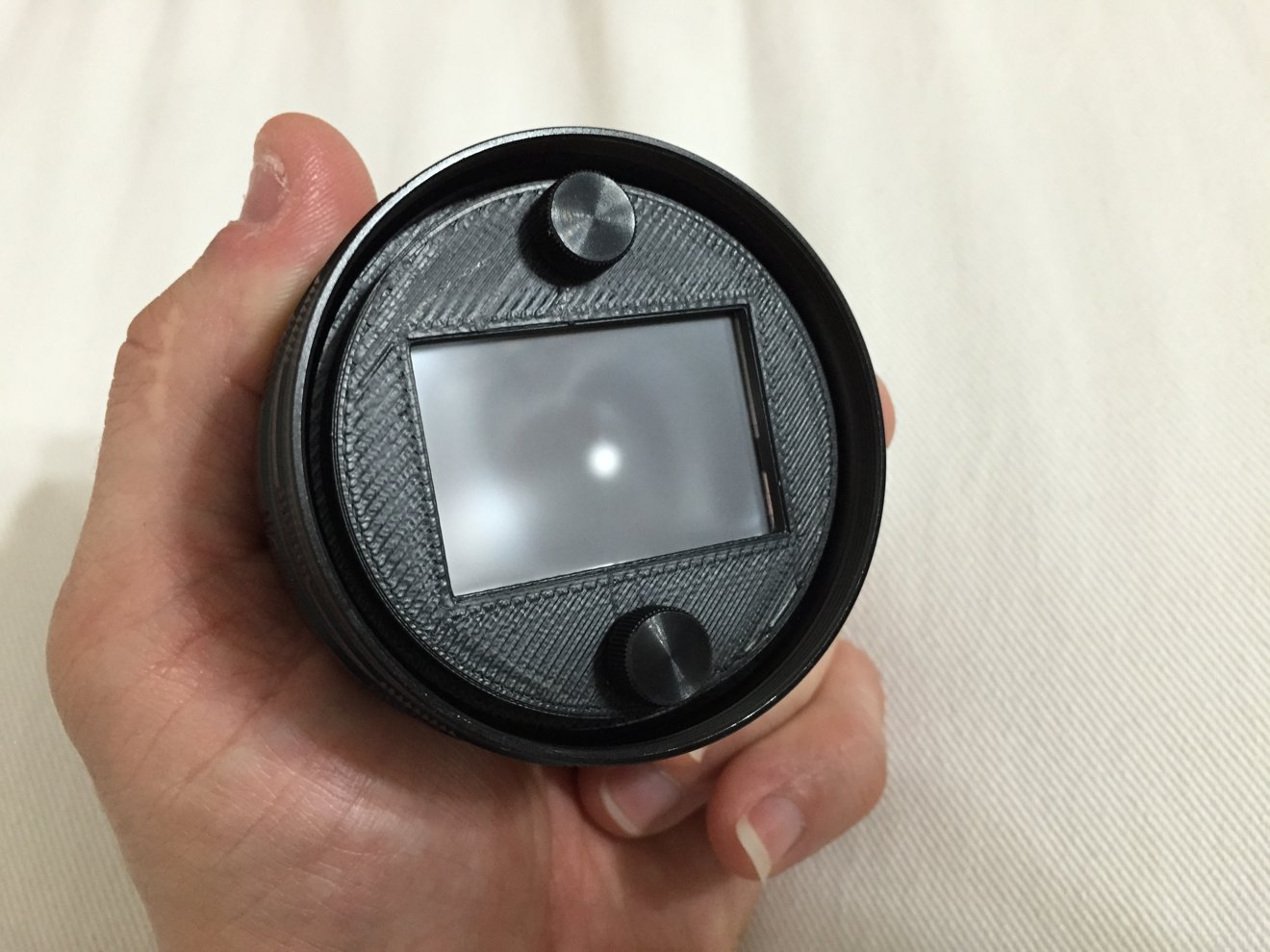
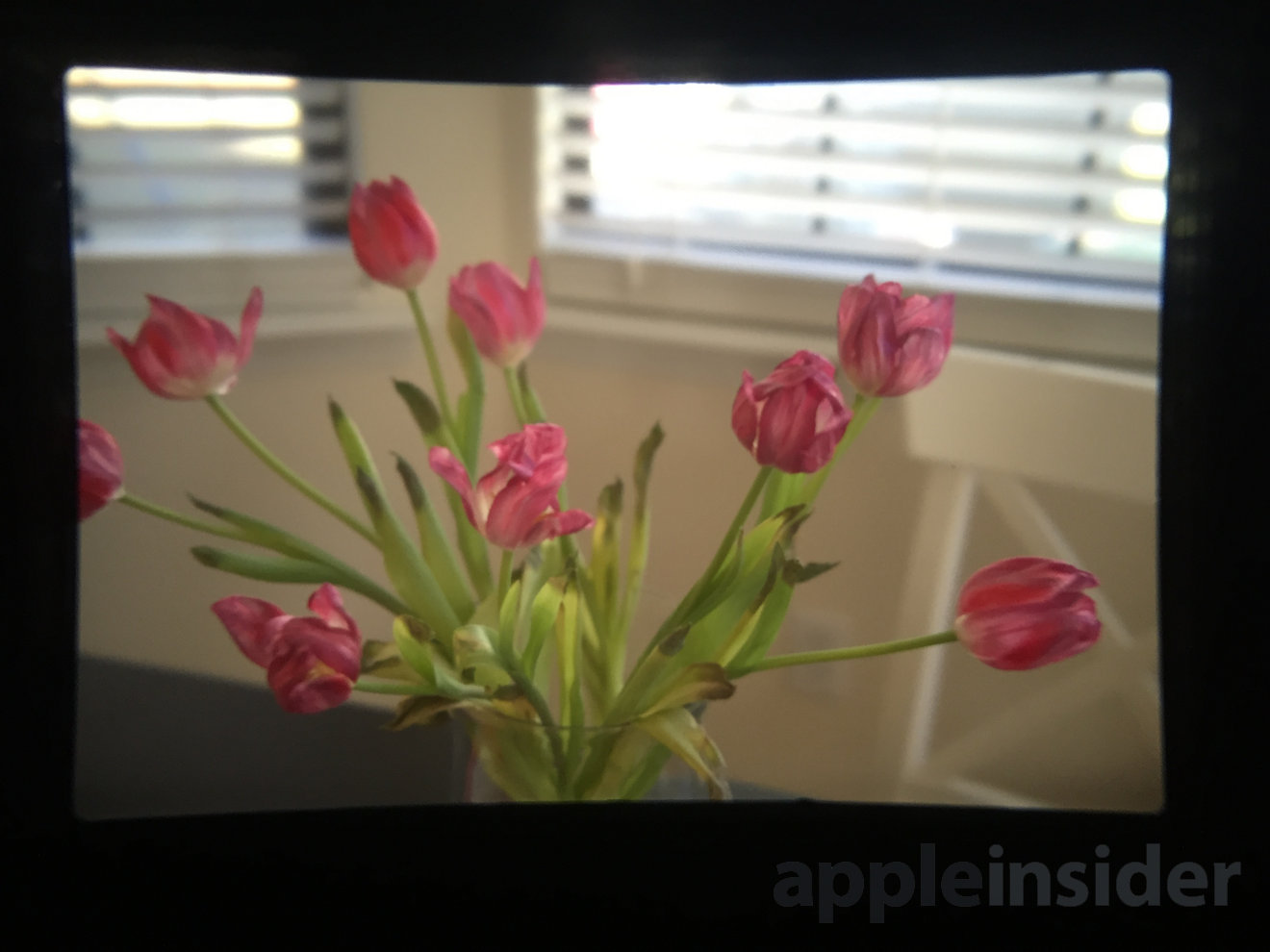
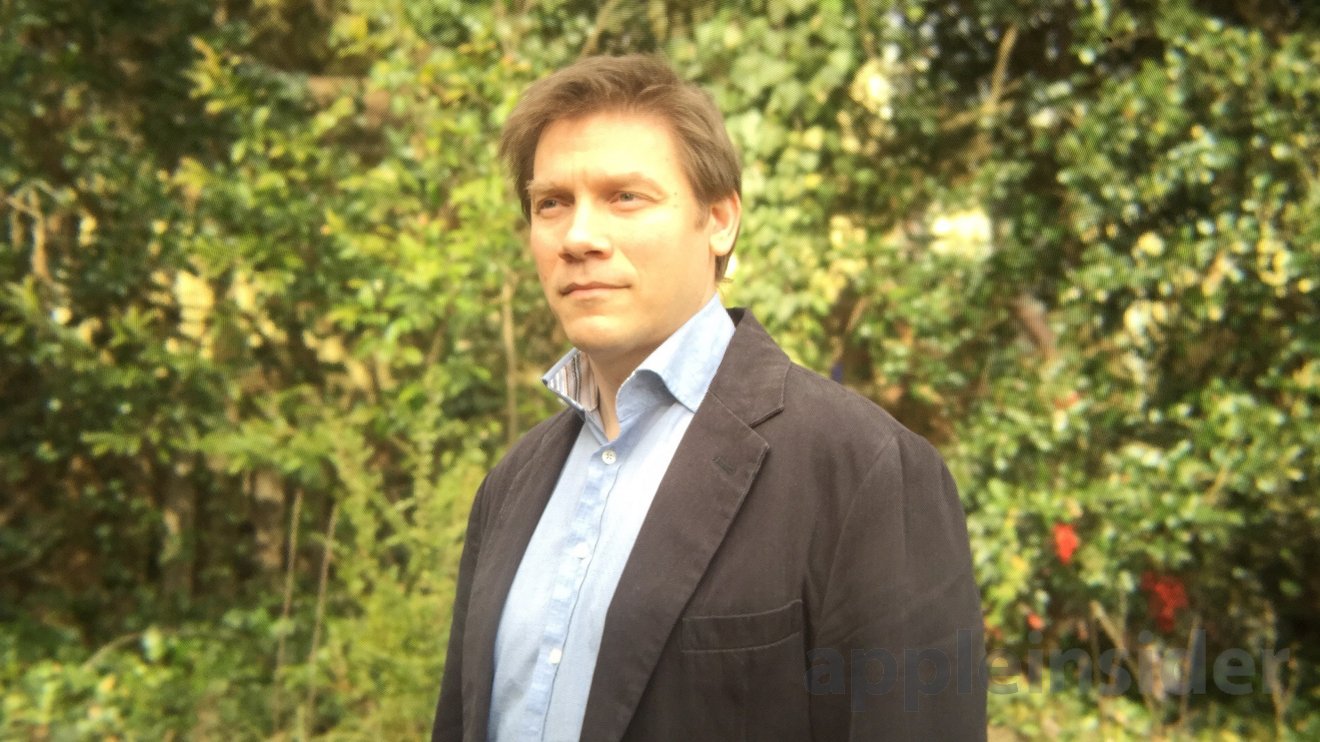
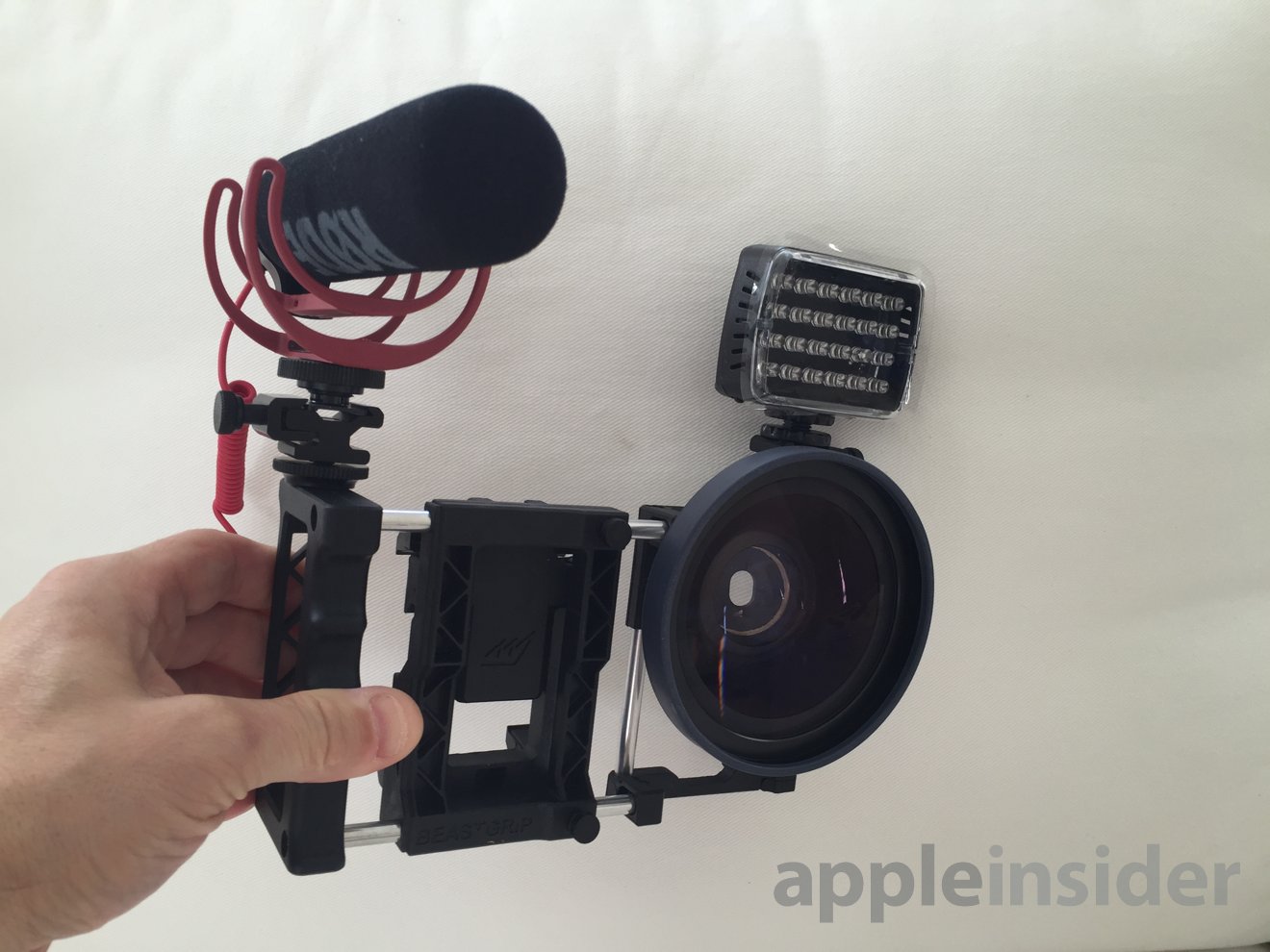








-m.jpg)






 Charles Martin
Charles Martin
 Malcolm Owen
Malcolm Owen
 William Gallagher
William Gallagher

 Christine McKee
Christine McKee
 Wesley Hilliard
Wesley Hilliard

 Andrew Orr
Andrew Orr







14 Comments
The lenses you're using look awfully large and I'd be interested in seeing how the small iPhone camera sensor interacts with such a large, normal optical area. Are these lenses intended for small cameras, 4/3's cameras, 16mm, what? I can't see a normal 35mm camera lens working all that well since it would only use a small portion of the center of the lens. A diagram showing this would be helpful as well as how someone is supposed to focus (I presume you'd focus the large lens at the distance you want and let the iPhone focus on the lens' focal point? (It's been awhile since I discussed lenses so some of my wording is probably wrong.)
This still seems like a huge compromise. Shooting through two lenses will screw up your color balance and exposure big time. I know you already paid for the iPhone but a dedicated consumer video camera around $700 is so much better. You get a big fast lens with 10x optical zoom, lots of different shooting modes, big CMOS chip and removable memory cards. The iPhone does give you GPS but that is a small trade off, in my opinion, for much better video quality with a dedicated camera. Why any professional would choose this rig, I do not understand.
This still seems like a huge compromise. Shooting through two lenses will screw up your color balance and exposure big time. I know you already paid for the iPhone but a dedicated consumer video camera around $700 is so much better. You get a big fast lens with 10x optical zoom, lots of different shooting modes, big CMOS chip and removable memory cards. The iPhone does give you GPS but that is a small trade off, in my opinion, for much better video quality with a dedicated camera. Why any professional would choose this rig, I do not understand.
Size perhaps? But anyways, adding lens has no effect on exposure since the camera will just compensate by changing the settings. There is a limit to it of course, but in bright day light it is no different than putting on a small ND filter, which is to say, not much.
Why would someone buy this instead of using a DSLR?
Size perhaps? But anyways, adding lens has no effect on exposure since the camera will just compensate by changing the settings. There is a limit to it of course, but in bright day light it is no different than putting on a small ND filter, which is to say, not much.
I think it is a bit more than a filter which is super thin. iPhone has f2.2 or there about. When you add another larger mediocre piece of glass, you might add another f4, which makes for a pretty slow lens when you combine them, so it could have an affect on exposure, shadow detail, color, etc.